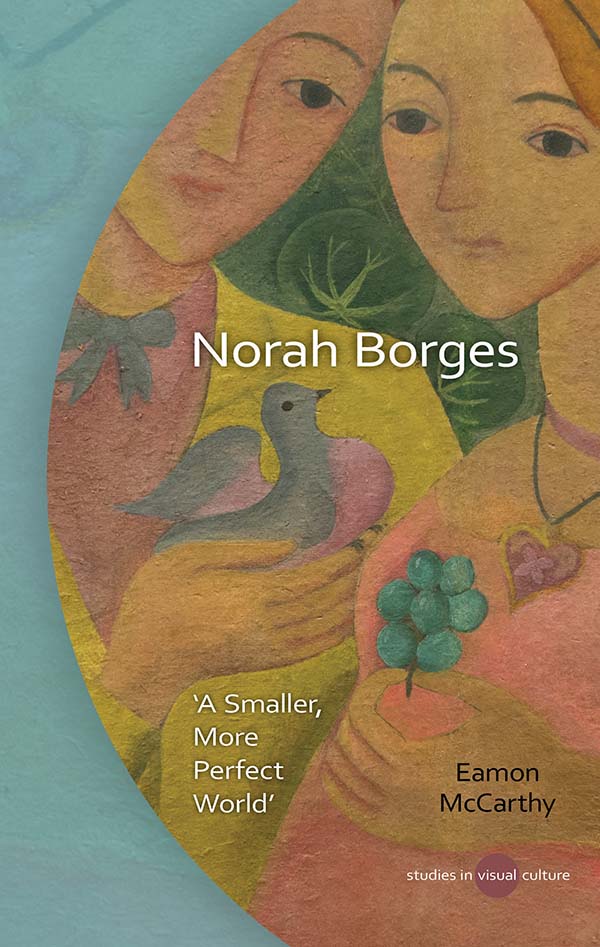Norah Borges
"A Smaller, More Perfect World"
Awdur(on) Eamon McCarthy
Iaith: Saesneg
Dosbarthiad(au): Art and Music
Cyfres: Studies in Visual Culture
- Medi 2020 · 288 tudalen ·216x138mm
- · Clawr Caled - 9781786836304
- · eLyfr - pdf - 9781786836311
- · eLyfr - epub - 9781786836328
Norah Borges (1901–98) was the sister of the celebrated Argentine writer Jorge Luis Borges. She first began producing art in Switzerland, where her family was trapped during the First World War, and travelled to Spain before returning to her native Argentina with her new styles of painting. In the 1920s, her work was published on the covers of important cultural magazines, but she is now largely forgotten. In her works, Borges created a world full of almost angelic figures – describing it as a smaller, more perfect world – mostly a serene space dominated by women. This book explores how Borges created that space and developed her own unique style of painting, studying the connections she made with the leading artists and writers of her time.
Acknowledgements
List of illustrations
Introduction
Chapter 1 – A Style of One’s Own
Chapter 2 – Finding an appropriate (Argentine) style
Chapter 3 – Consolidating styles between Argentina and Spain
Chapter 4 – Creating a perfect world
Conclusions


